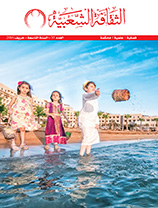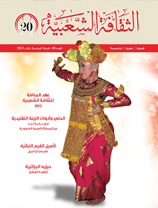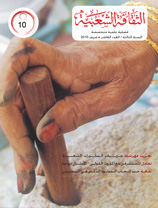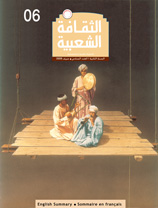Heritage Museums of the Gulf and the Arabian Peninsula
Issue 35
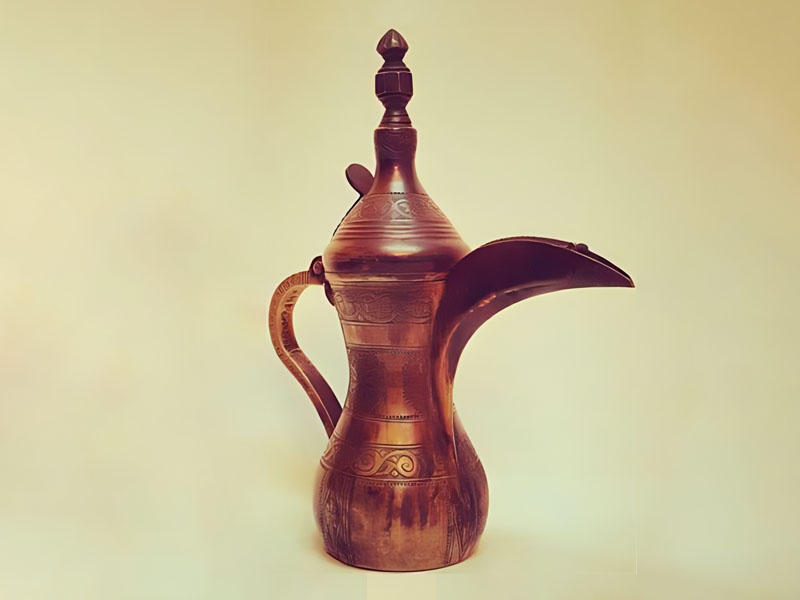
In the Gulf countries, people have gone to great lengths to preserve material heritage that dates from the time before the discovery of oil.
After collecting artefacts, tools and handicrafts, private individuals opened museums to display their collections. While some museums started as a room in a private home, individual founders invested vast amounts of time, effort and money, and there are now museums in cities and villages throughout the Gulf countries.
These museums are often named after the collectors, and the collections vary by region. People who lived near the coast were interested in the sea and coastal life, while those inland collected different objects. Typically, collections feature items related to diving, pearls, fishing, Bedouin life, folk medicine, weaving, horses, camels and falconry. They also include clothing, coins, jewelry, silverware, utensils, farming implements, leather goods, traditional doors, lanterns, weights and measures, clothing, items related to preparing and serving coffee, and drums and tambourines.
Many of these private museums are now very well known, with rare and precious pieces that attract researchers who study material heritage, traditional clothing and heritage crafts.
Although some items are of great value, the collections can seem quite random because they reflect the collectors’ personal taste. Some collections need to be classified and organised, and each artefact should be labelled with a precise description of its component materials and an explanation of when and how the item was used.
We should assess the collections and support these museums. I hope the younger generation will recognise the value of these precious collections and the importance of preserving them.
Ali Abdullah Khalifa
Editor in Chief


































